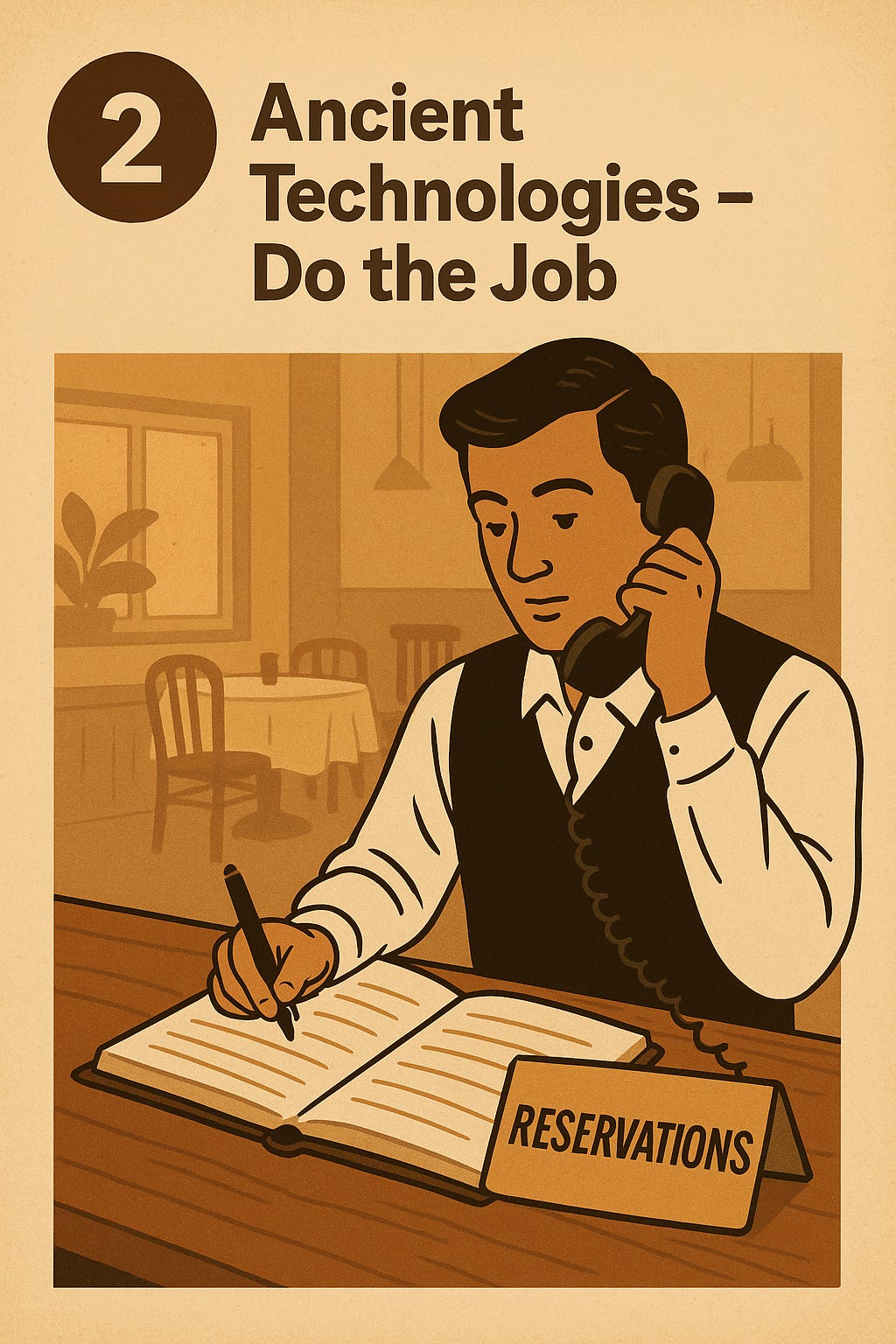Indirect competitors: The shortcut to better customer discovery
Watch out for these five indirect competitors though
Most founders focus on their direct competition that offer similar products
However, in understanding the market and finding great opportunities, the indirect competition is a goldmine for insights
Nevertheless, most founders ignore this
In this post, I will explain how to use indirect competition to our advantage
This unlocks better products and easier adoption
I end with listing five indirect competitors that are red flags for your startup
Direct vs. Indirect competition
A great way to understand your customers is to see what they currently use to fix the problem or address the job to be done. Take Coca Cola. They compete with massages, in some situations.

Most founders don’t realise that to understand the market, you need to understand all four layers of it.
The decision making process for each of these is different. The product-form is already quite determined in what they want, whereas ‘treat yourself’-type search can be a longer process.
Use the indirect competition to understand your job to be done, like the Milkshake example by Christensen. However, there are some risks.
Some indirect competition is hard to beat
After working with over 300 founders, I have developed a spidey sense for five indirect competitors that I see as red flags.
1. No solution → No urgent problem
No solution is a red flag to me. It can signal that the problem is not important enough to address.
Chewing gum under your shoe definitely is a problem. However, we don’t wear shoe condoms.
If they can live with ignoring the problem, the ‘cost’ of this problem might not be that high. That means that your solution should be really easy to use and be relatively cheap.
2. Ancient technologies → Do the job
A friend pitched me an idea a restaurant reserveration widget for websites. Not groundbreaking, it was a side project to him. But, I love to pick this apart from an ‘competition’ point of view.
Many restaurants — at least where I live — still use a paper book. If you want to reserve, you call them when they are open. And the person uses the book to check if they have a table. Achieves the job to be done.
There are a lot of reasons that restaurants still use such a book, and as a founder you should understand your ancient competition too. They can show you what the core job to be done is.
3. Excel sheet → Often good enough
Many SaaS companies out there are trying to replace someone with an excel sheet. Whether it’s planning your teams, forecasting of revenue and stock, or some other operations oriented aspect.
Often the argument goes: there’s only one person that understand the full excelsheet. It’s UX is not great for novices and it lives on somebody’s Google Drive. Yada yada yada.
The downside is however: it still works, kinda. If the person running the main excel sheet is happy (sometimes even proud) that they are the only one that gets it, how are you going to make a sale?
4. The human → Delivers trust AI can’t
I’ve been speaking to multiple founders that are trying to make an AI Startup Mentor. One has already pivoted out of this space.
They want to have a boilerplate, with many steps to follow, where an LLM or AI agent will ask you questions and suggest content such as blogs, podcasts and books. Just like an actual mentor.
The issue? Are you taking advice from an AI seriously? Perhaps. But likely, human advice hits you stronger. The human can be a very strong competitor.
This is why I believe that consultants like McKinsey have a moat. AI won’t replace the credibility of a McKinsey consultant (regardless whether you like them or not). CEOs would base their decisions on it.
Do you enjoy these types of posts? Consider donating to buy me more time to write these pieces – starting from $2.5 per month.
5. A simple Google search → Not urgent
I’ve seen a lot of apps being proposed to fix a problem that goes something like, often B2C focused:
“There’s so much information on [Topic X]. It’s overwhelming. Our app streamlines it into one platform”
Now the problem here is, let’s say it’s about doing some exercises at home or about learning how to cook. A lot of people in interviews say they would like to do more of it, but they don’t do it because they don’t know where to start.
But a simple Google search, YouTube search or ChatGPT prompt would get you started. If your customer hasn’t even tried that, how urgent is that problem really? If a Google Search, or the absence of it, is your main competitor, it may be a bumpy road.









